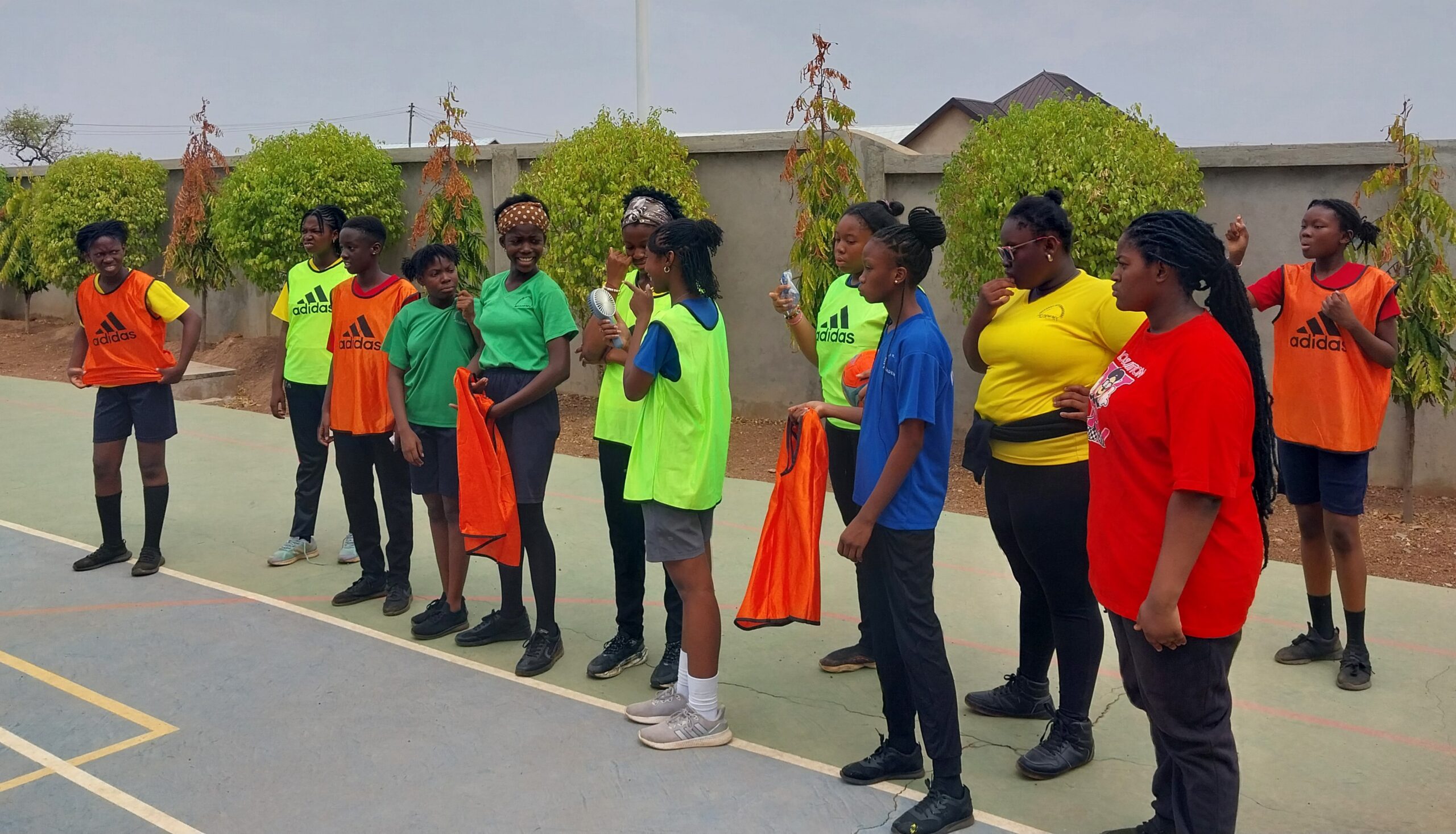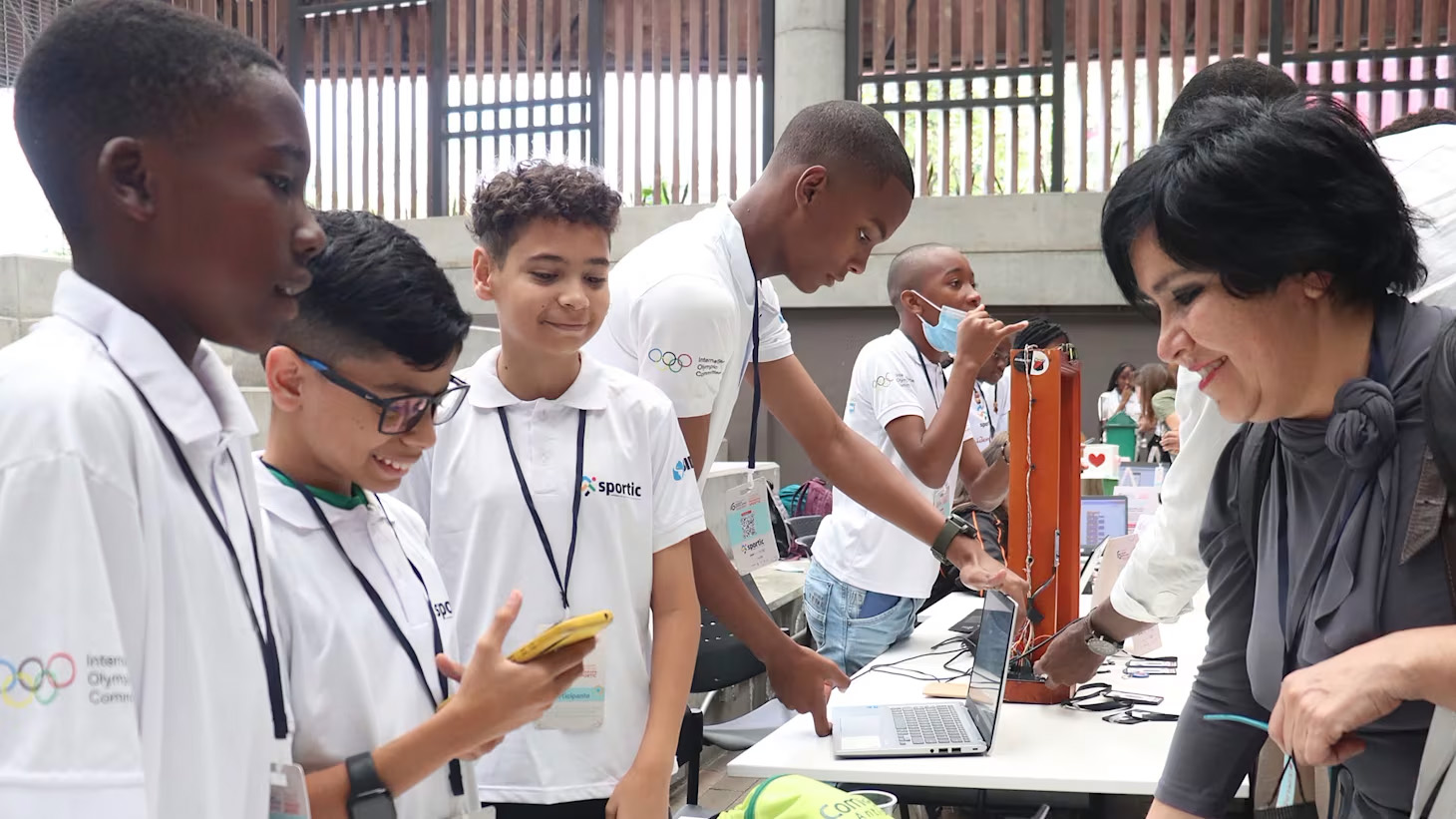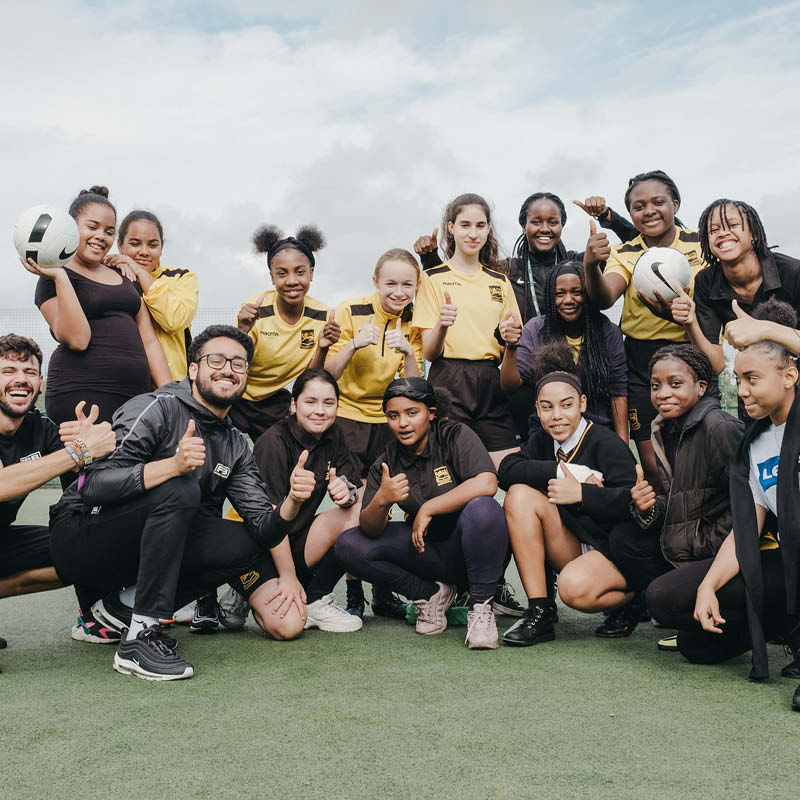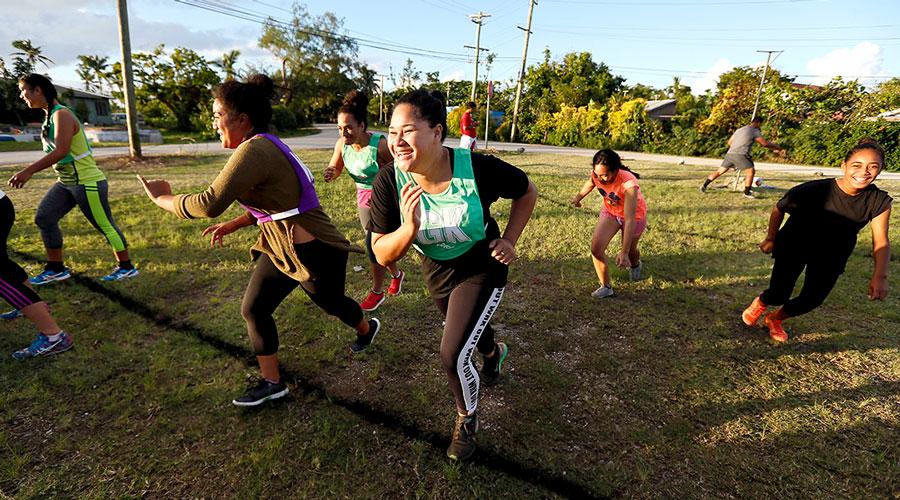
Written by Amy Chaplin
The lack of a discernible trend between physical activity and life expectancy by country highlights that there are a range of additional factors contributing to shortened life expectancy.
Therefore, this article explores an alternative discussion about physical activity. Specifically, it will discuss various initiatives that integrate sport into wider development programmes, helping to provide education, vaccinations and vocational training, with high success rates.
Often, this is done through hybrid programmes blending sports sessions with classroom-based learning, and organisations are becoming increasingly creative with their approaches.
Experts have realised that physical activity brings people together so that other development goals can be fulfilled, such as education programmes.
One example of a community-based initiative is Cricket to Nurture in Uganda. Lennox Mugumire was a cricketer living in Jinja City who was merely practising for an upcoming match when he realised he was surrounded by a group of children. Jinja set up a small cricket team, which grew into Cricket to Nurture, comprising four cricket teams that combine cricket with education about safe drinking water and emphasising respect for the environment. Despite successes, Lennox expressed lack of money for pitches, coaches and equipment, indicating how crucial wider support is for grassroots models to reach their full potential.
Whizzkids United is a larger programme in Ghana and South Africa funded by the South African Government and other multinational sponsors combining football with education about HIV and sexual health. Founder Marcus McGilvray discovered that children needed a positive incentive, such as football, to engage with discussions about HIV and sexual health. Eighteen years on, Whizzkids United has tested over 32,000 youths for HIV and/or tuberculosis, and it runs its own sexual health health academies in Edendale, South Africa and Jisonayilli, Ghana, with particular success engaging girls. This is particularly poignant as HIV programmes do not always engage the people they need to due to misinformation and stigma associated with testing positive for HIV in some cultures.

© WhizzKids
Sport can also be a means to prevent young people from joining gangs and organised crime in low-income and lower-middle-income economies. Olympism365 facilitated physical activity in 60 schools in Latin America as well as providing technology training, using sport as an outreach method before providing vocational training to communities.

© Fundación SES, International Olympic Committee, 2023
Sport initiatives can be indicative of changing cultural attitudes in lower-income countries. As Paralympic sport moves into media headlines, a programme supporting Paralympians in Malawi is part of wider attempts to encourage inclusion in Malawi. The AT2030 Para Sport Against Stigma programme connects athletes with disabilities to assistive technology (wheelchairs, mobility scooters, prosthetic devices, etc.) in a governmental push to support underserved groups in Malawi.
Sport initiatives in low-income countries are proven to successfully engage communities, providing a springboard for additional development goals.

© Lighthouse Trust, Football Beyond Borders
Sport programmes are also integrated into wider well-being and social inclusion initiatives in countries with higher incomes, usually to target specific groups.
For example, Football Beyond Borders runs football sessions to tackle attendance issues in schools in the United Kingdom. Their promise is that “FBB supports your students and teachers/pastoral team for a fraction of the cost of managing exclusion (from school) – with proven outcomes!” With a specific focus on minority communities, FBB uses football as a means to assist the education system of the United Kingdom. As part of FBB’s high-profile campaign, British rapper Bashy opens up about his own exclusion from school and how he channelled his frustration into music. The influence of properly funded sporting initiatives on quality of life and well-being is visible: 95% of the young people enrolled in the 126 projects across the United Kingdom finished the year in school.
Exercise initiatives in higher-income countries are also used to undo deeply ingrained cultural attitudes and encourage gender empowerment. The prize-winning Kau Mai Tonga, Ke Tau Netipolo project run by the Australian and Tongan Governments uses netball to engage girls and combat obesity. In a country where 94.9% of women and 89.2% of men are overweight, large-scale sporting initiatives are being used to undo deeply rooted cultural attitudes towards diet and physical activity. Following the programme, 86% of women were aware of the positive effect of physical inactivity on their health. Through tapping into the Oceanic passion for netball, locals trade unhealthy habits for more heart-racing hobbies and an awareness of health risks.

© Netball Australia, 2021
Even if football alone cannot end a conflict or solve world hunger, sport-based initiatives can be blended with wider solutions to development to achieve progress on the Sustainable Development Goals. This article has shown how HIV prevention, gender equality, inclusion and vocational skills can be integrated with community sports initiatives.
Local people and leaders should be central to cultivating community sports initiatives that listen to community needs and are sustainable in the long term. However, if national and international governments and organisations commit more funding and attention to sport projects, the positive by-products could achieve a whole host of development goals, globally.
Have we got you thinking about alternative solutions to development? Get in touch and share your ideas!

Network Hub, 300 Kensal Road, London, W10 5BE, UK
We deliver comprehensive communications strategies that deliver on your organisation’s objectives. Sign up to our newsletter to see the highlights once a quarter.